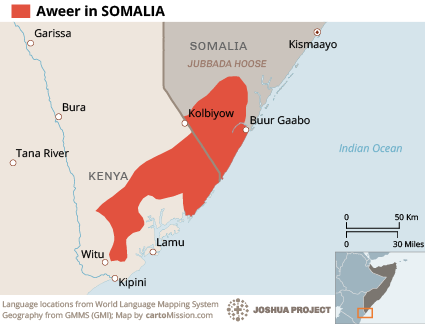Timo Jareer and proud
2nd Emir of the Akh Right Movement
The Hadza and Sandawe have been identified as speaking click languages. Only languages on the planet that have click sounds in their language are the Khosian language family. They also carry the same paternal Haplogroup as Khosian. The only huge difference is skin colour but, it has recently been discovered that the Khosian only devovlped light skin as recent as 3000 years ago. Meaning during the time of Prophet Sulimen (s.a.w) the Khosian where dark skinned.The hadza and sandawe are actually closely related with mota not the khoisan, khois can only be found in Southern Africa

 they’re gonna have to split that with us
they’re gonna have to split that with us 
